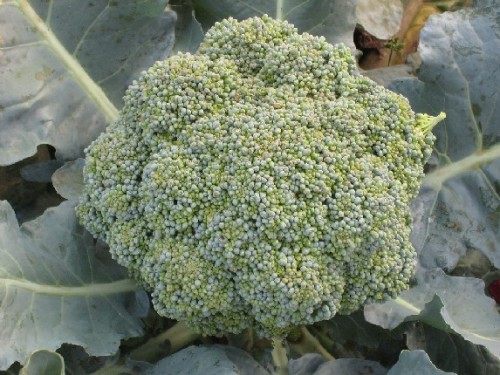Several of us have had a problem with our Capsicum crop, as well as the local varieties of chillies that we grow.
The Problem: Leaves of the capsicum plan seem to be shriveling up and are not growing in size.
The diagnosis: Scientists from the KVK visited the farms where this seemed to be a problem. They suggest that this is a problem of fungal attack as well as that of white flies.

Dr. Prabhu and Dr. Rajnarayan visit affected farms
They also suspect that due to very high moisture levels (because of a low water table) and excessive watering the fungal attack was seen more in low-lying and not so much in upland areas.
Solutions: There were a couple of approaches taken to try and address the issue:
Sprinkle the following
- wood/burnt cow-dung ash on the plants
- a solution of burnt cow-dung ash in water (soaked for 24 hrs)
- a neem-based water solution (though this was found to also contain the chemical epichlorohydrin )
It remains to be seen which of the above has been most effective.

Samiksha sprays her chilly crop with neem-based insecticide

Despite attack, Capsicum seems to be growing well in some pockets



















